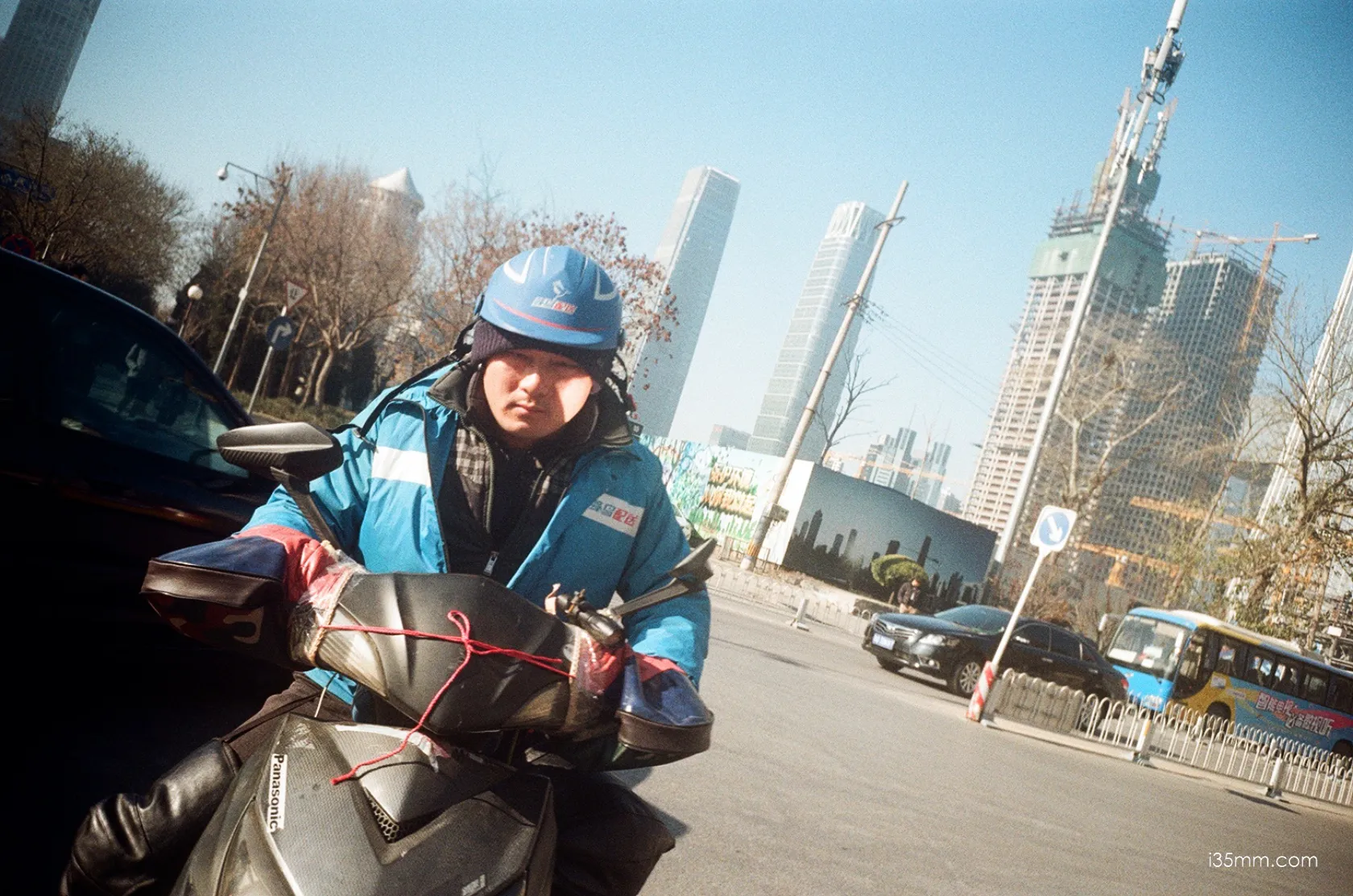
There’s no Hektor lens in the current Leica lineup. It actually came out before Summicron, Summilux, Elmar, Elmarit, and Noctilux. The Hektor 6.3 is a bit of an old lens, but it still produces sharp images.
Street Photography
This compact lens is ideal for street photography. The lens’s maximum aperture is only f/6.3, which makes it tricky to use in evening or indoor lighting environments. It can still produce clear and bright images on the streets during the day. The f/6.3 aperture lets you get a nice, wide depth of field in street photography. Even if you use the Leica Elmarit 28mm lens with f/2.8, you have to shrink the aperture to f/8 when using ISO 400 film outdoors during the day.
Landscape Photography
Landscape photographers often go for narrower aperture settings, like f/11 or even f/16, to get a greater depth of field. This lets them capture images with a wider focus, from the foreground to the background, and more detail. This 28mm lens is a great choice for landscape photography.
Digital Leica M
Cleaning the Leica digital M camera is a hassle. Using the LEICA HEKTOR 28mm F/6.3 will make dust on the sensor more noticeable. So, it’s probably best to avoid using this lens on digital cameras altogether. Luckily, film Leica M cameras don’t have this issue.
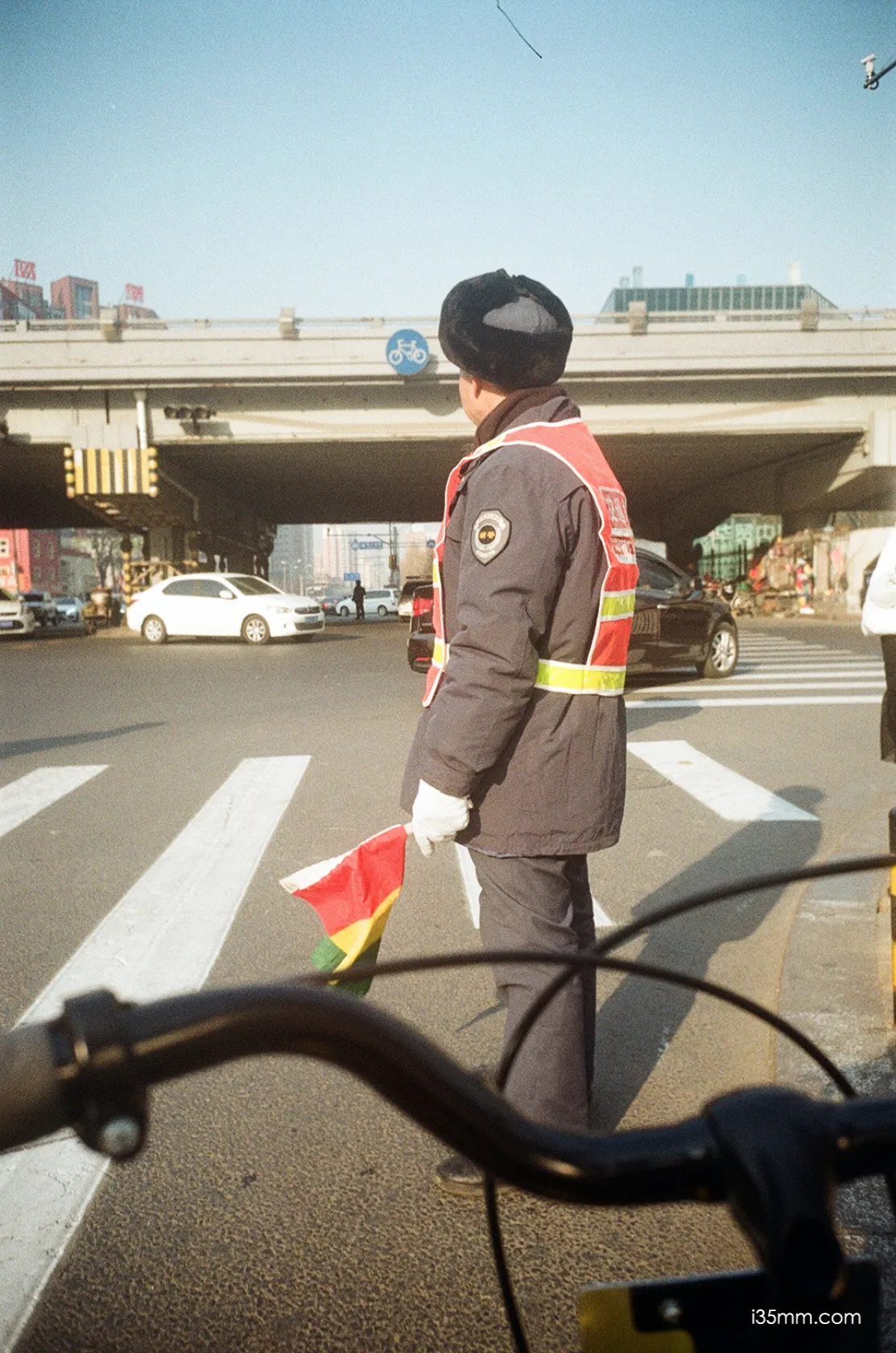
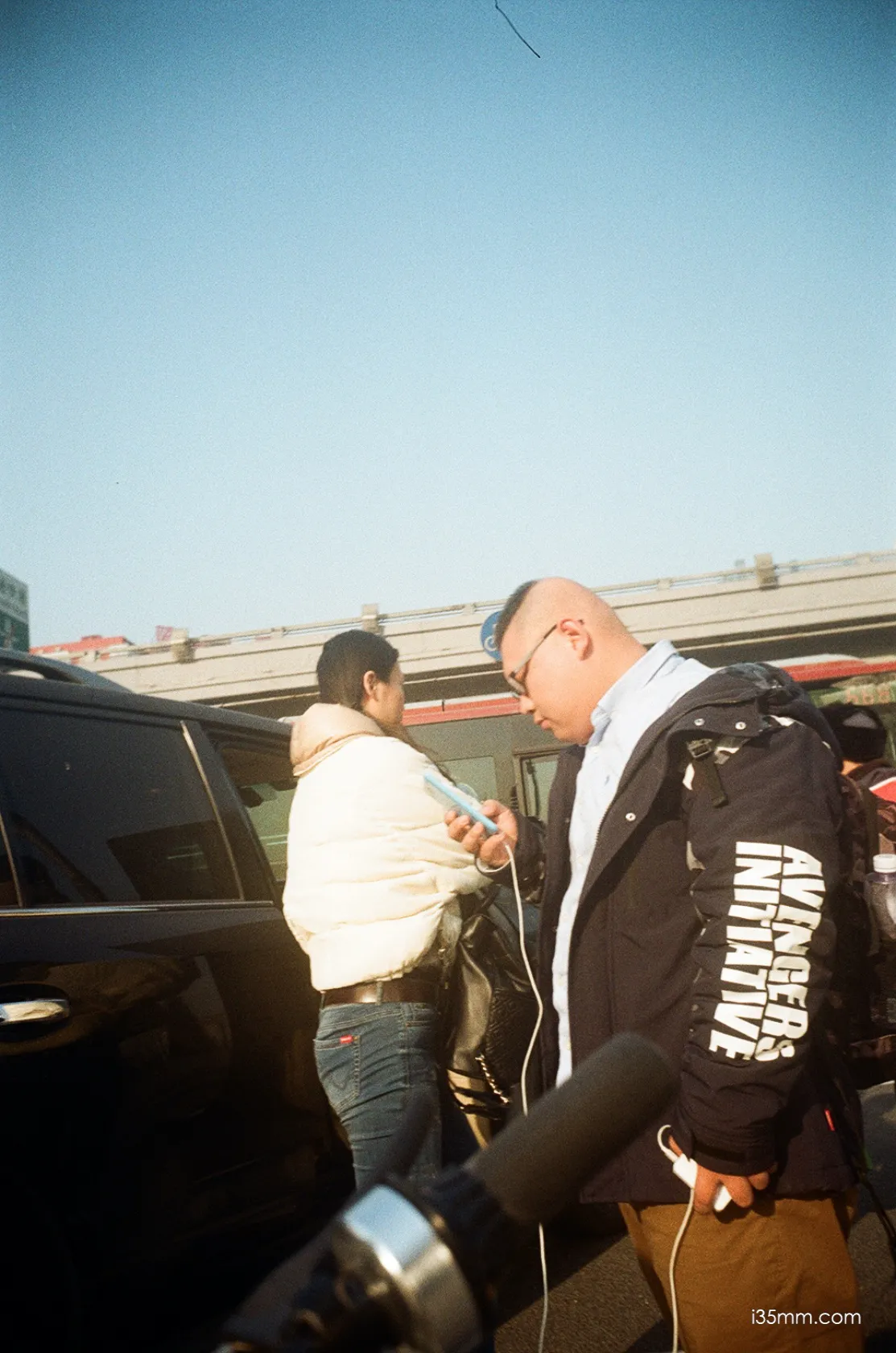
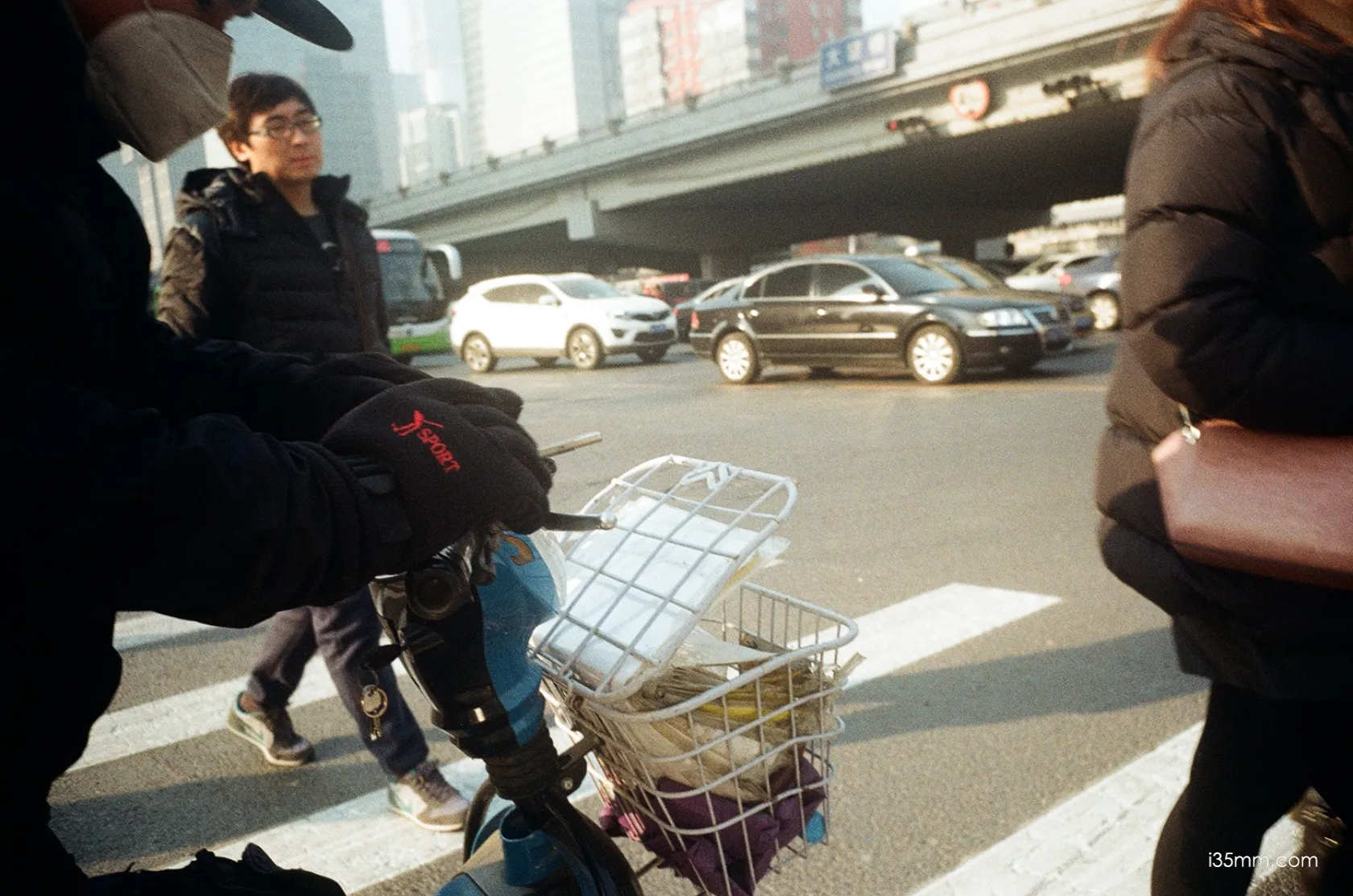
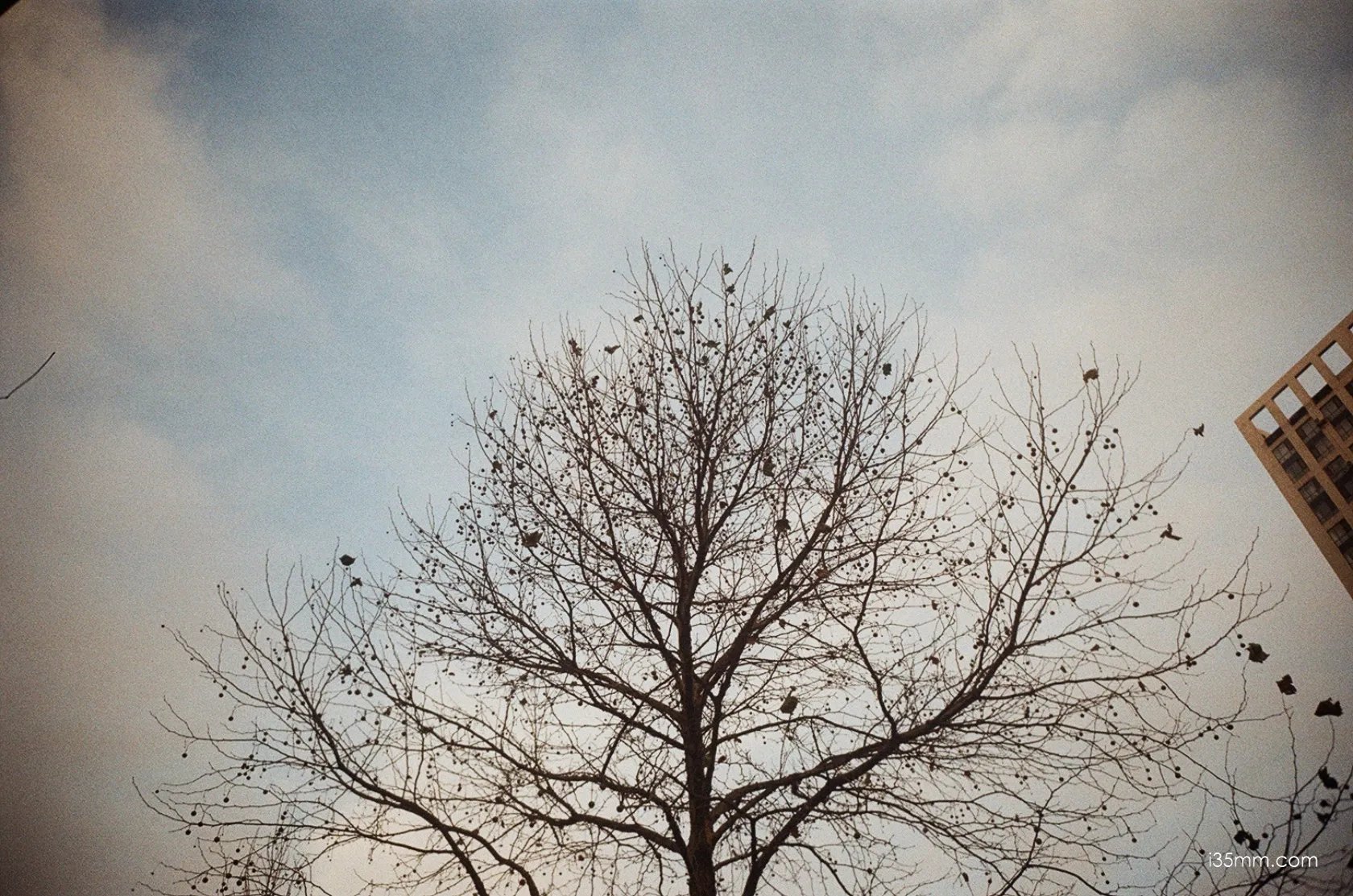
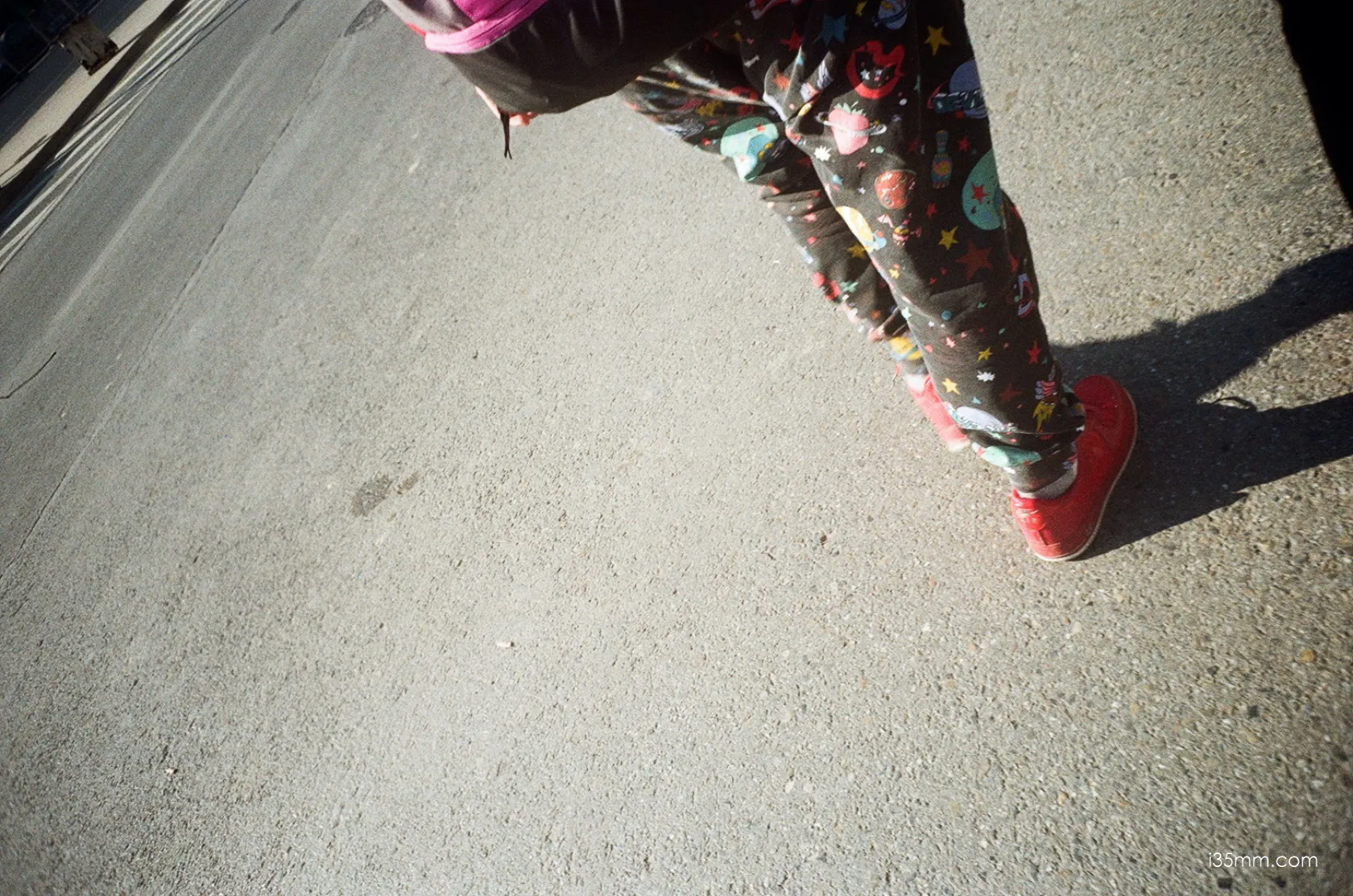
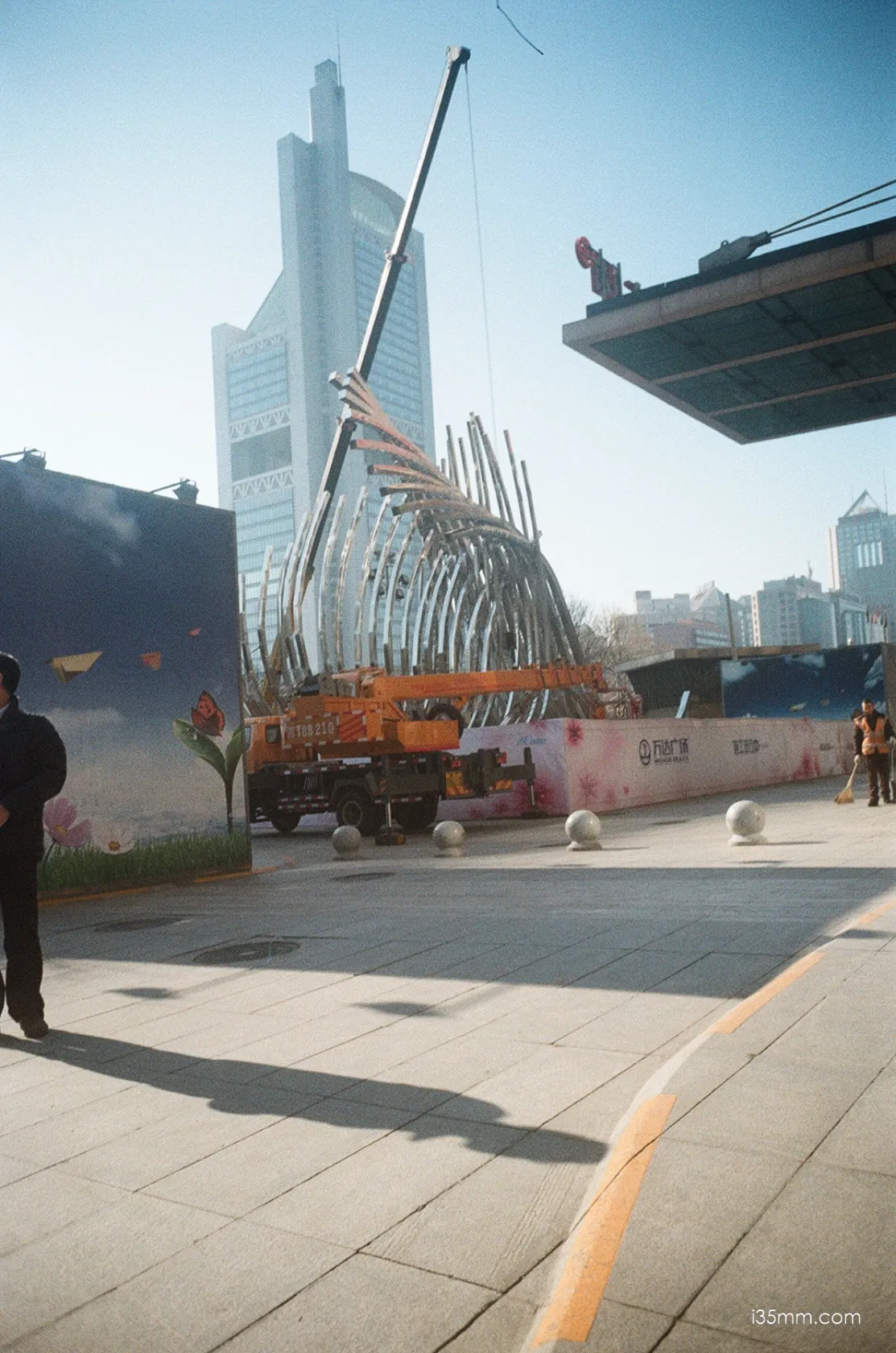
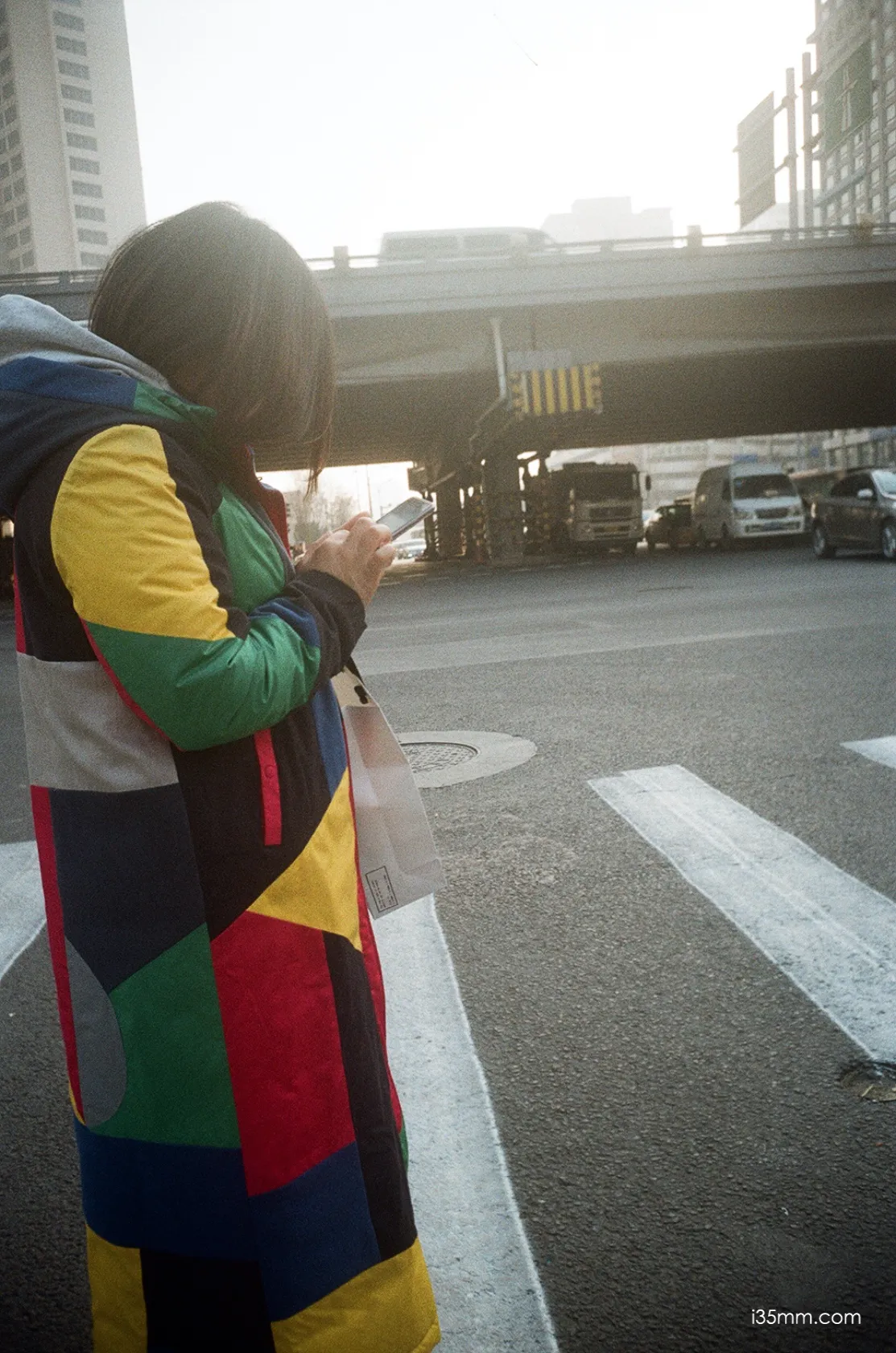
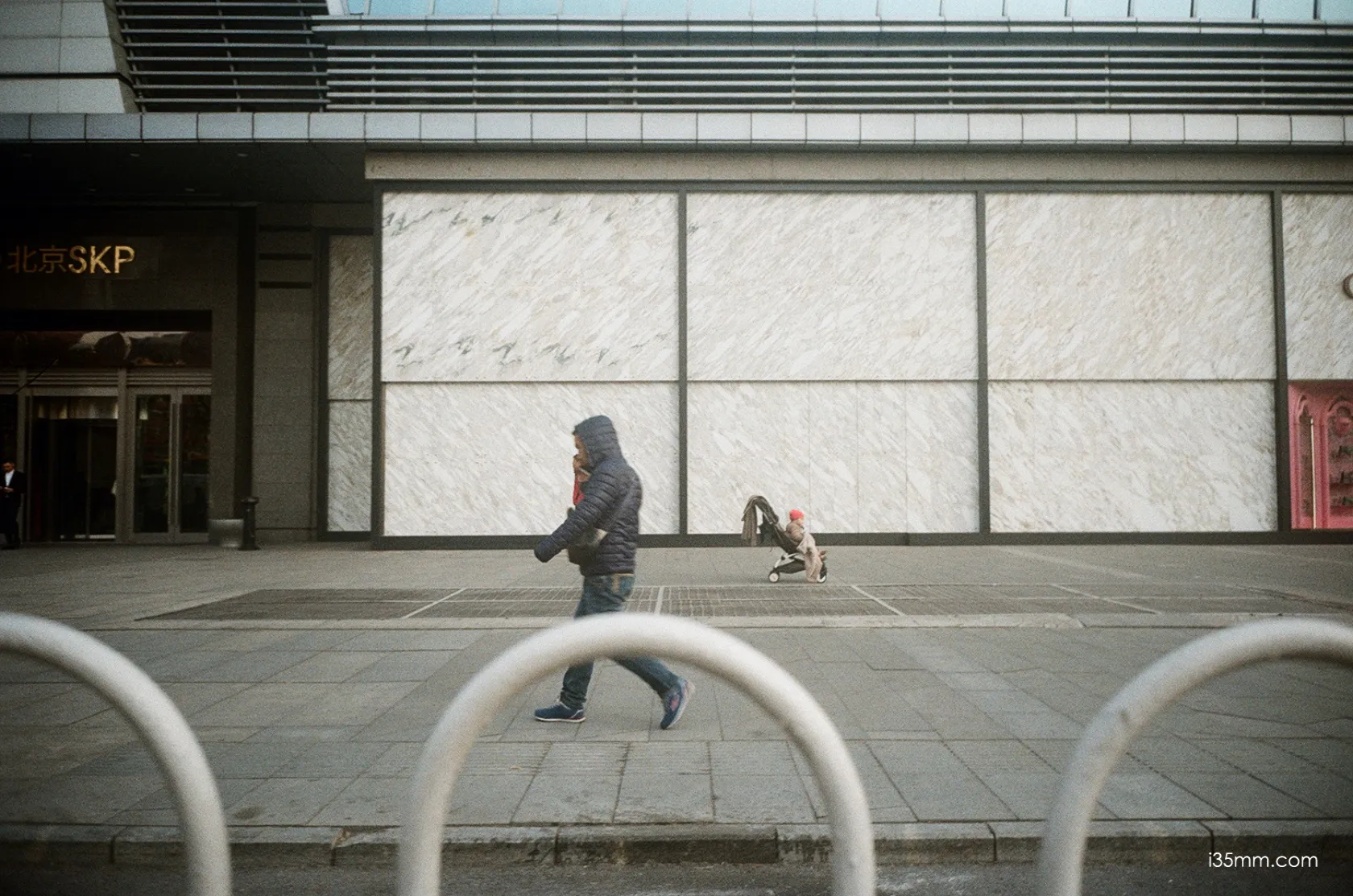
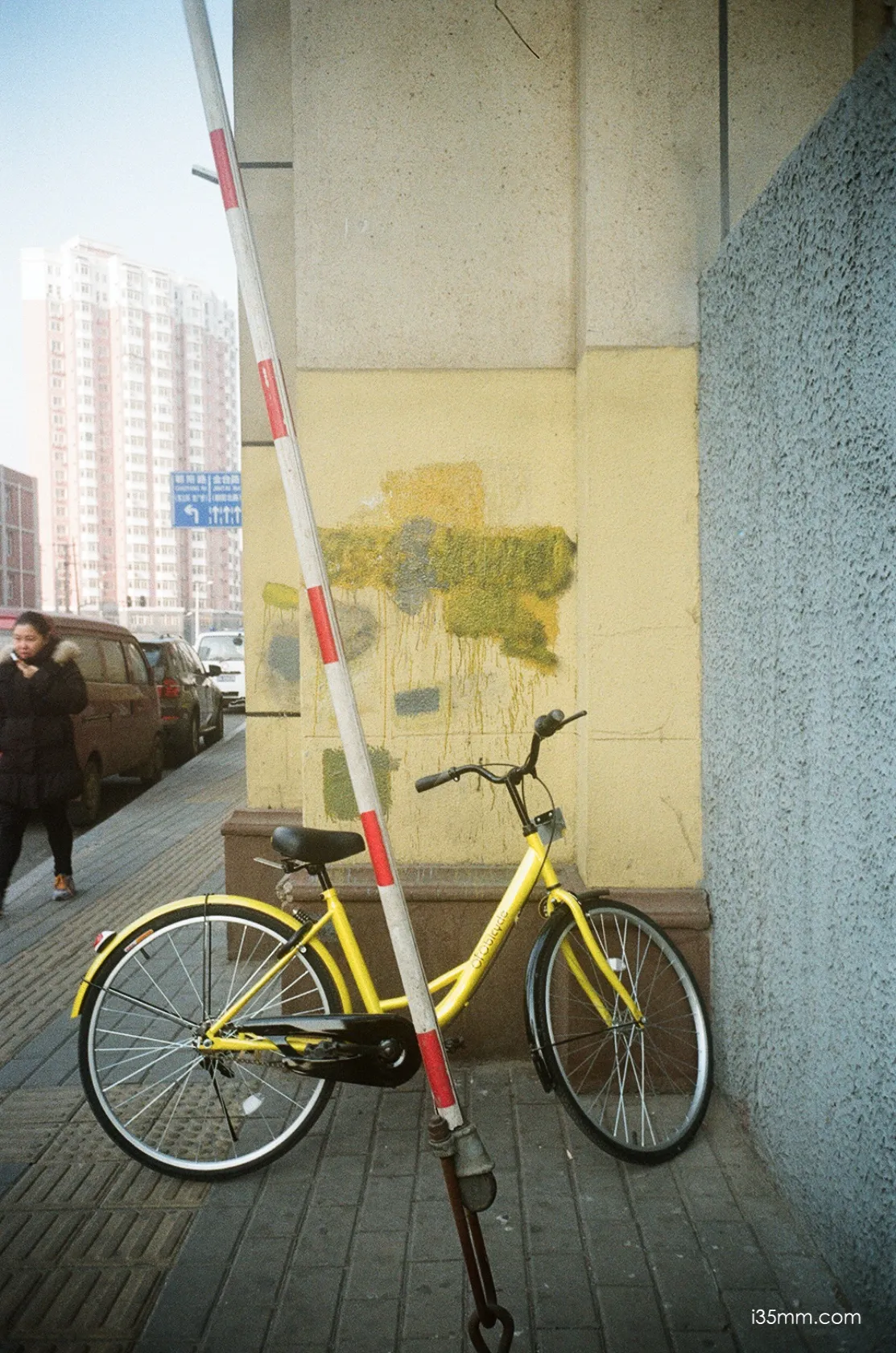
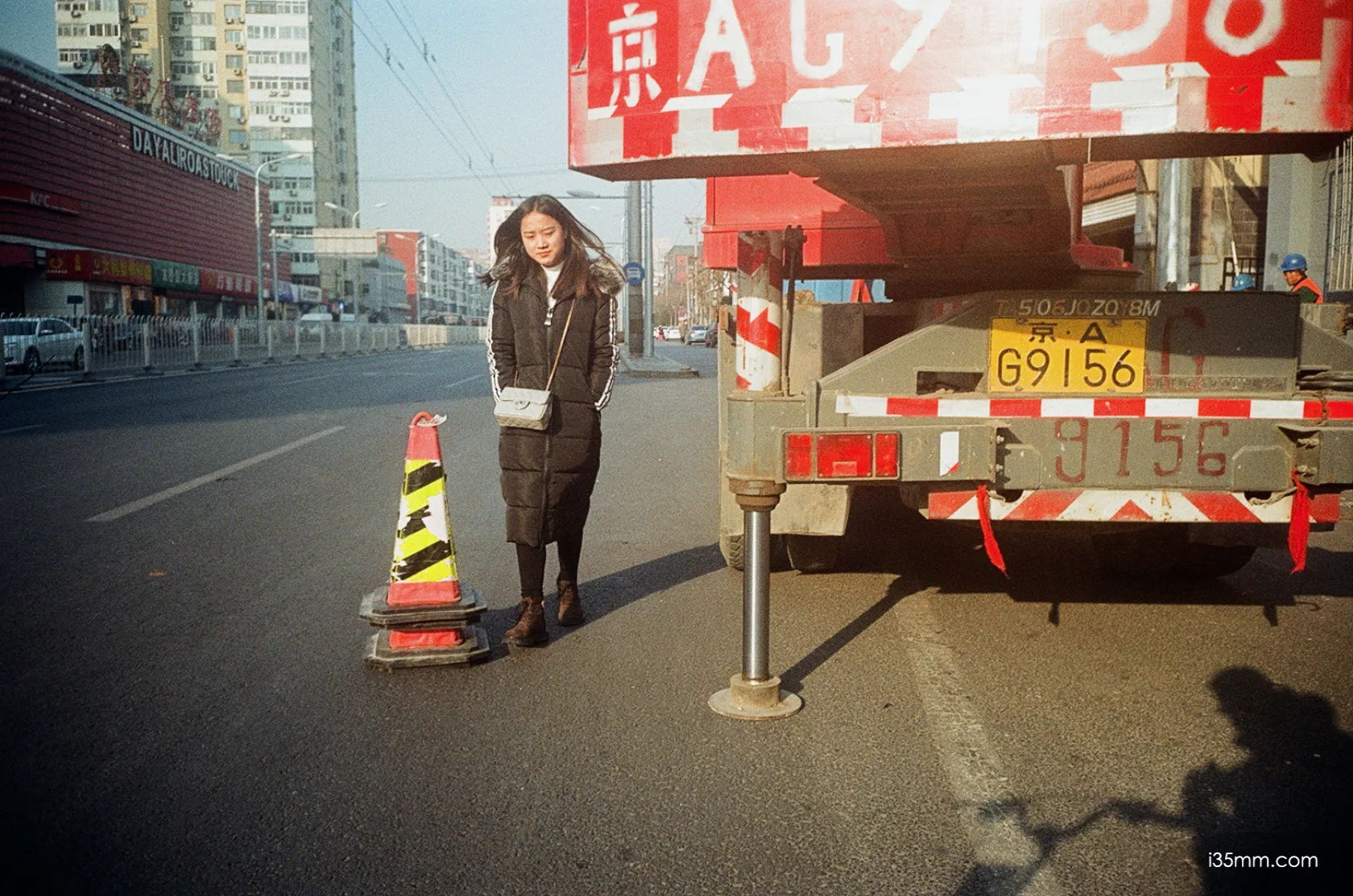
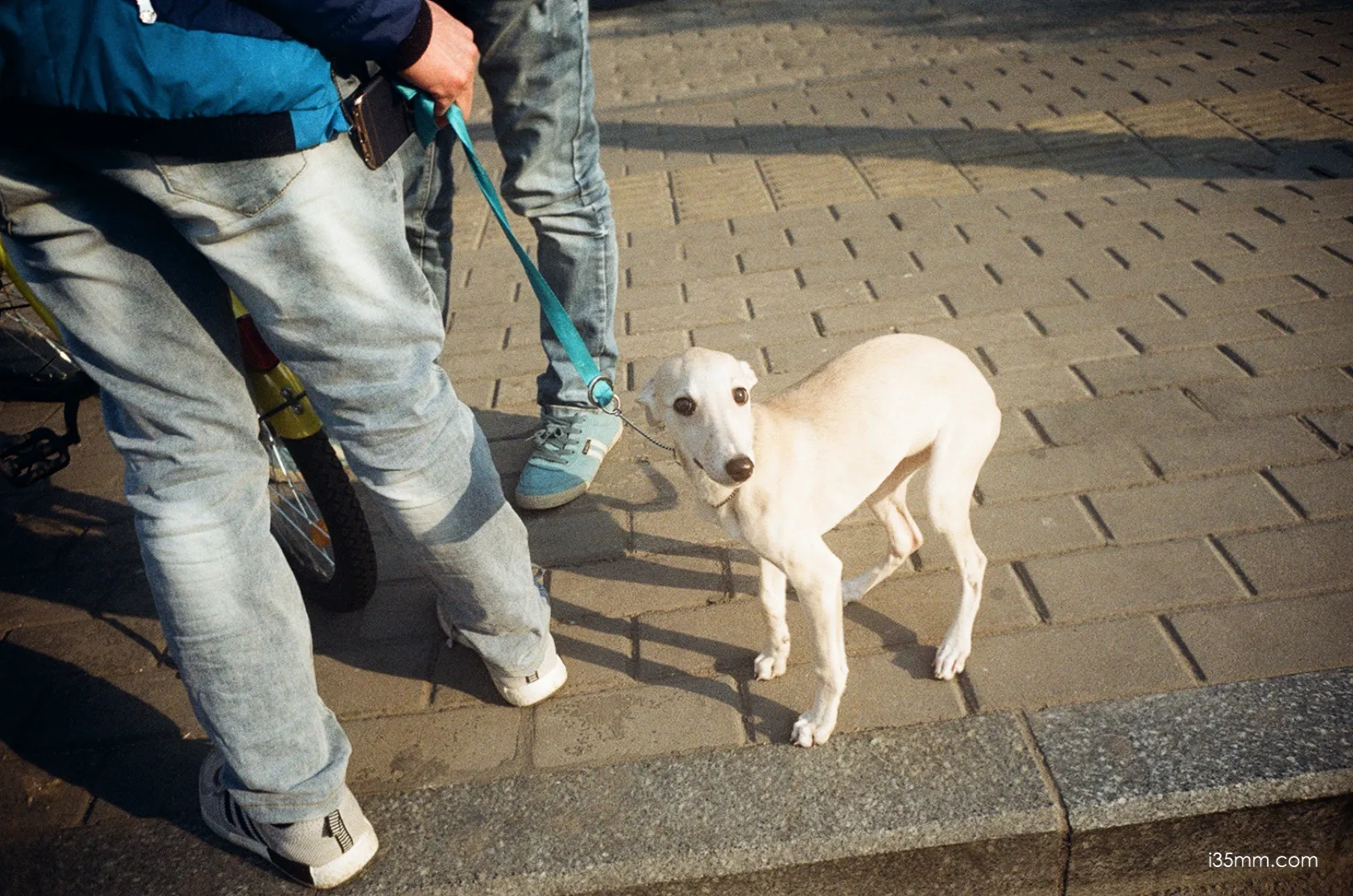
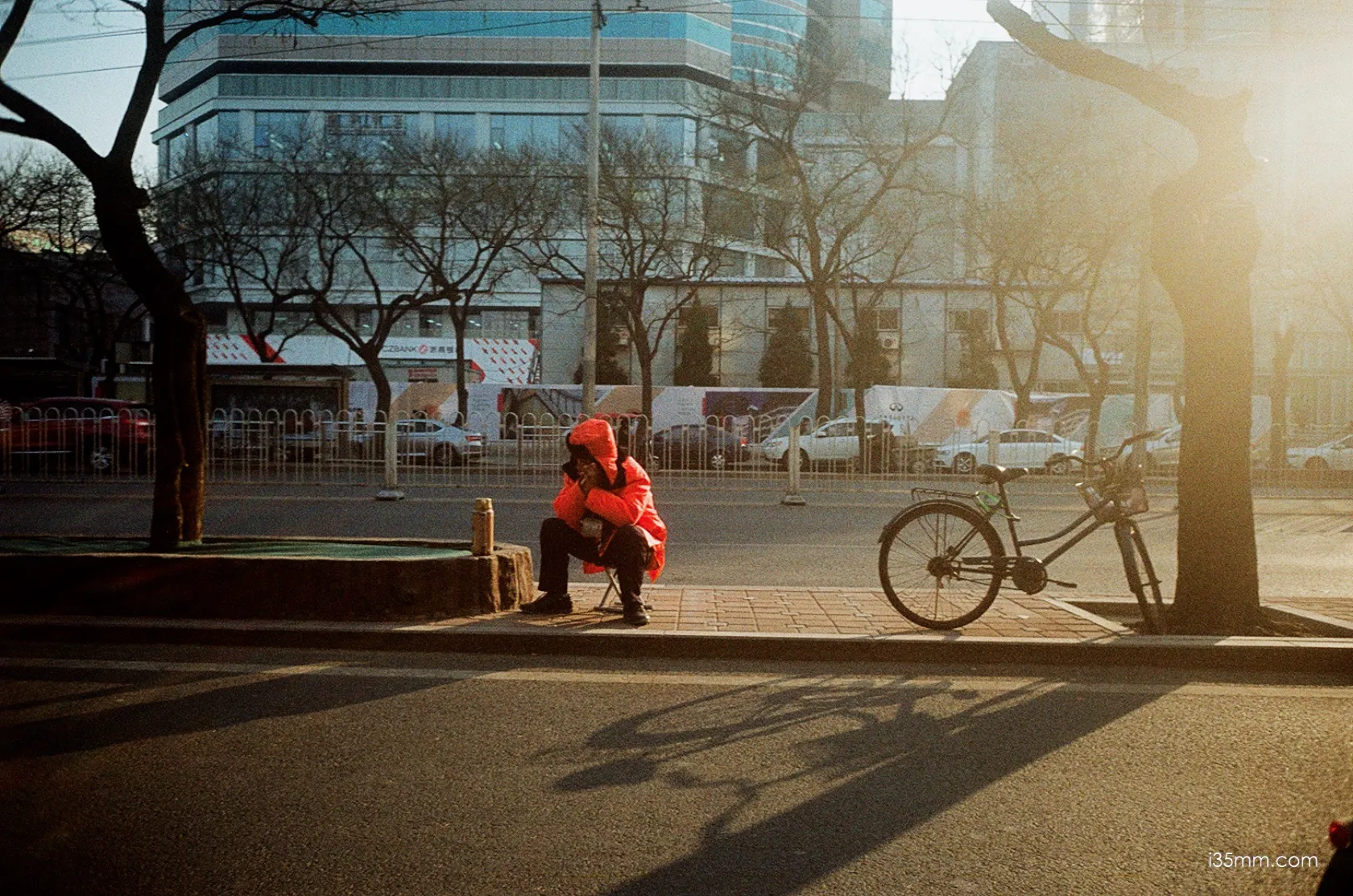
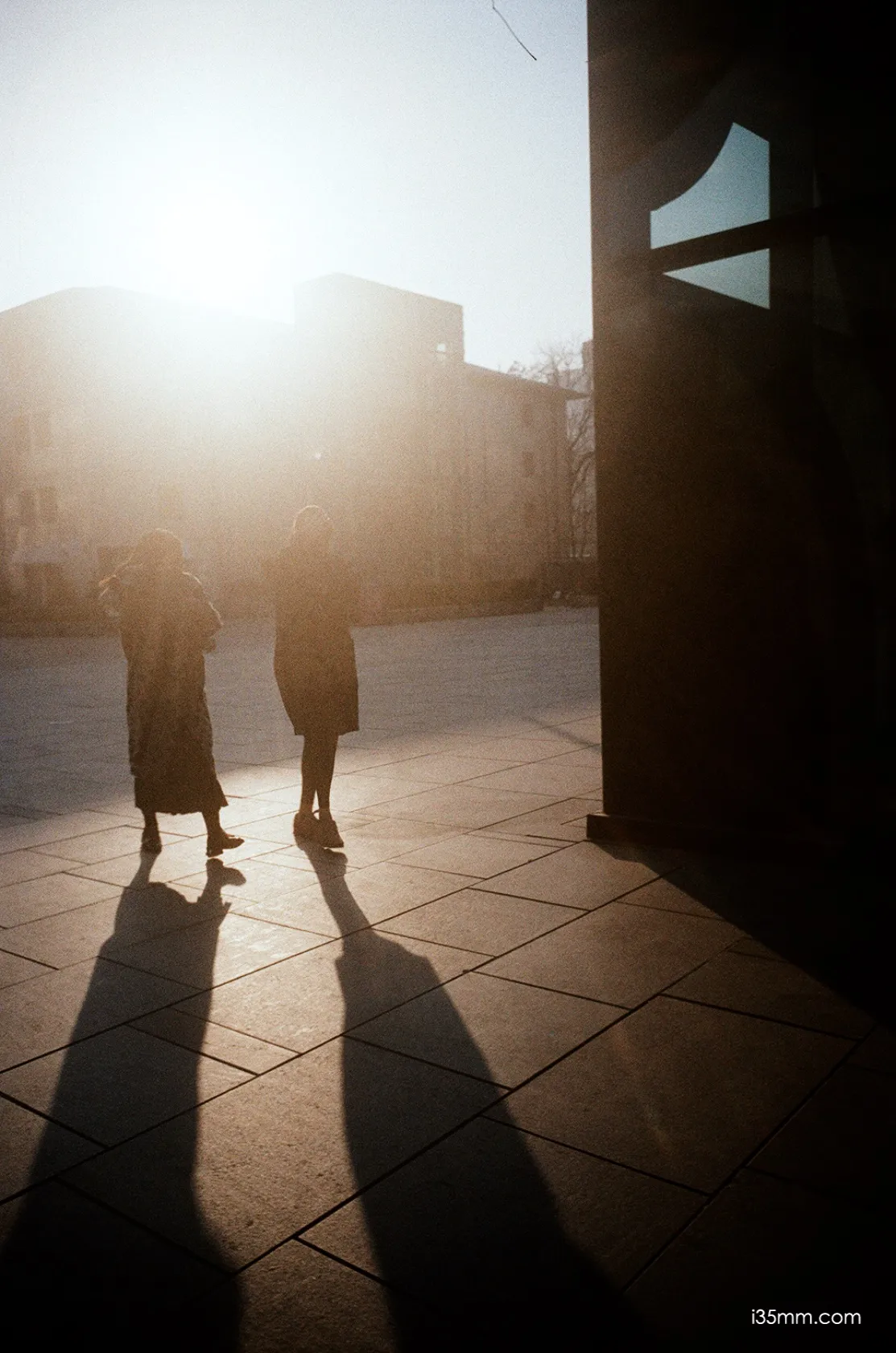
Production period: 1935-1953 Code: HOOPY(nickel), HOOPYCHROM(chrome) Serial#:250,001-790,000 Total production: ca. 9, 700 Maximum aperture: 1: 6.3 Focal length(nominal): 28mm Angle:76° Minimum distance: 100cm Weight: 110 grams Filter: A36 more info